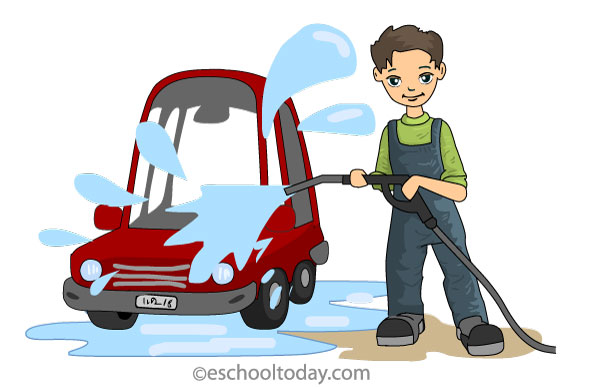- Wastewater
Introduction to wastewater
Throughout the natural cycle of water, from the mountaintops down into the oceans, humans capture and divert a lot of the water for agriculture, industrial and municipal use. After the water is used, it is returned to the environment in a different condition, usually as dirty water (wastewater).
Depending on where you live, dirty water can be thrown away into gutters, on the land, on flowers and grasses, down into the kitchen drains, bathroom drains, or flushed down the toilets. It is never returned in the same way that it was withdrawn.

We depend on freshwater for a wide range of reasons, but unless we revolutionize the way we deal with dirty water, we may face some challenges accessing freshwater in the future.
Why are we producing so much dirty water? The reason is a combination of factors: population growth, urbanization, industrialization, and food production.
Global populations are expected to exceed nine billion by 2050. Urban populations may rise nearly twice as fast, projected to nearly double from the current 3.4 billion to 6.4 billion by 2050, with numbers of people living in slums rising even faster, from 1 to 1.4 billion in just a decade.
This means a lot of pressure on water resources. The more water we withdraw, the more wastewater we will produce. Wastewater is produced in every dwelling. In developing countries, less water may be withdrawn and less wastewater may be produced, but they largely have very little infrastructure to treat the wastewater.
The picture is very different in developed countries where there is some level of effort made in treating wastewater.
Every day in the UK over 624,200 kilometers (about 387,860 miles) of sewers collect over 11 billion liters of wastewater from homes, municipal, commercial and industrial premises, and rainwater run-off from roads and other impermeable surfaces.
The discharge of wastewater into the environment poses a real threat, but it is also an opportunity for ecological health, social wellbeing, and green employment. This lesson provides some information and talking points that we can use to learn more about the issue.
